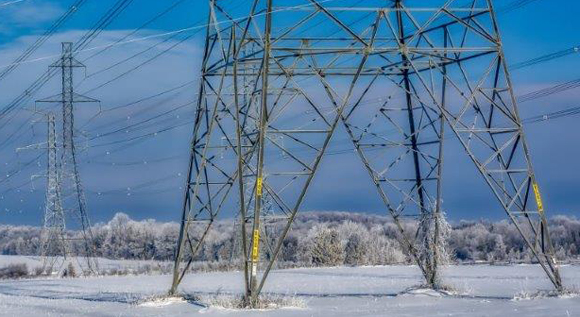Feeding more electricity into the grid
In the coming months, more electricity will be allowed to flow through Germany’s transmission grids to help increase security of supply. But how will this be possible, and when?
 © Irwin Seidman
© Irwin Seidman
The situation on the energy markets remains difficult. Against this background, a second stress test was performed on the German electricity system from mid-July to early September 2022 to assess security of supply. The key conclusions were that firstly, security of supply in the electricity system remains high and secondly, a series of measures can be put in place to provide additional support to keep it this way.
New measures also include increasing the capacity utilisation rates of the transmission grids for a limited period, which has been able to be implemented since mid-October following an amendment to the Energy Industry Act. This means that depending on the weather, the transmission system operators are temporarily allowed to send more electricity through the power grid to increase the current-carrying capacity of the lines, while the voltage level remains the same. By raising capacity in this way, grid bottlenecks and cost-intensive interventions in the electricity grid were able to be prevented.
Cold weather enables higher capacity utilisation
The capacity utilisation of the power grid is able to be increased in winter as the cold weather cools the lines, enabling the heat generated to dissipate. Experts estimate that one to two gigawatts more transmission capacity could be gained in this way. The preparations for the first lines are to be completed as early as December.
Overhead powerlines in particular have a great deal of potential to be used at increased rates of capacity. In the winter of 2023/2024, an average higher capacity utilisation of more than 20 per cent is to be achieved on overhead lines with a total length of 4,000 kilometres. However, the current-carrying capacity of these cables is subject to certain technical limits, which are primarily determined by the temperature of the conductors. The more current that is passed through, the more they heat up. If the temperature rises too much, the conductors can start to stretch and sag more, for example.
Calculated transmission capability always up to date
The weather-dependent operation of overhead lines, also known as overhead line monitoring, is a safe way of increasing capacity utilisation. It involves observing the environmental conditions (especially the weather) along the powerline route and forecasting these for the future. In this way, the transmission capacity of the overhead lines can be calculated anew for all times throughout the year. Increasing capacity utilisation is based on the principle that the grid should be optimised before it is reinforced, and reinforced before it is expanded. The idea is to make the best possible use of the existing grid before carrying out grid reinforcement or undertaking new construction measures.
Despite its advantages, raising the capacity utilisation of the grid also has a magnetic influence on infrastructure running parallel to the powerlines. This can cause a slight increase in corrosion. In the long term, transmission system operators and infrastructure managers are therefore to implement additional measures to protect grid technology to accommodate for weather-dependent operation. These include using larger earth electrodes for pipelines, which are being built for this purpose. Until then, the capacity utilisation of powerlines can only be raised for a limited period of time and is also linked to the use of the grid reserve power plants in the electricity market.
Grid with safety net: reserves in the power grid safeguard against outages
In most cases, the strength of the increased electricity current does not significantly exceed the current strength the conductors were designed to transport. This is because the electricity infrastructure is also built to hold reserves. These reserves are always kept in the grid in case all else fails. But even if this happens, reserves are secured again within a short space of time in order to cover any further failure.

